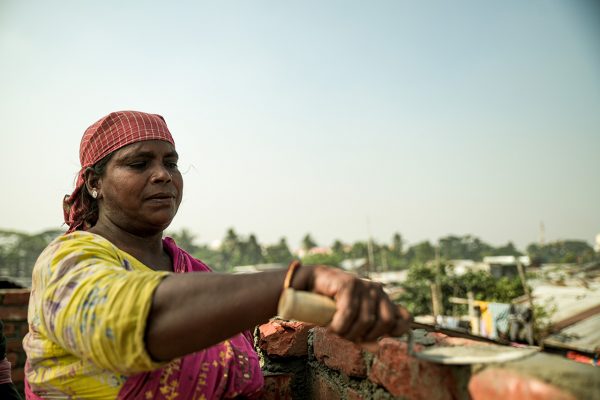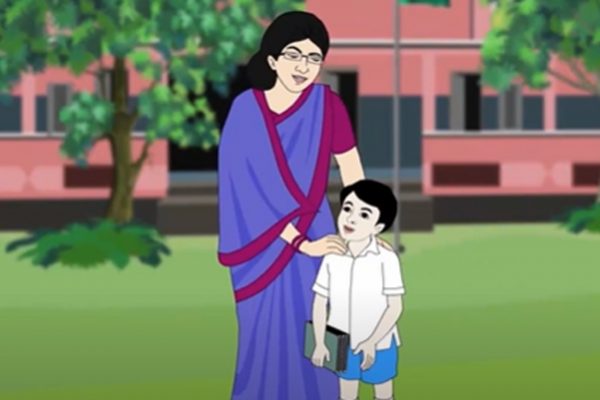Reading Time: 2 minutes
In Dhaka, it is a common sight to see street children running around, dodging vehicles, and weaving in and out of traffic jams. Some beg for money while others attempt to sell flowers, stickers or candy. It is also common to see street children carrying loads, often too heavy a burden for their little shoulders. But these are only a few examples of occupations street children are forced to take on. Many homeless boys and girls at BRAC’s children’s centres for the urban street children programme (USCP) were involved in similar jobs before being taken in, in 2013.

In Dhaka, it is a common sight to see street children running around, dodging vehicles, and weaving in and out of traffic jams. Some beg for money while others attempt to sell flowers, stickers or candy. It is also common to see street children carrying loads, often too heavy a burden for their little shoulders. But these are only a few examples of occupations street children are forced to take on. Many homeless boys and girls at BRAC’s children’s centres for the urban street children programme (USCP) were involved in similar jobs before being taken in, in 2013.
Ronny, a 13-year-old, who was born on the streets of Dhaka, first started helping out at a mechanics shop when he was barely 7. Speaking out about his life, he said: “I understand that if I kept selling bottled water and doing odd jobs at Sadarghat, I’d be stuck on the streets forever. I want to keep learning new things, and I want to learn a trade, so someday people will respect me, and I won’t just be a child on the streets.”
There are approximately 249,200 street children living in Dhaka, and USCP is currently working with 1,700 of them. The programme takes in 6-15 year-olds with the aim to build their hope and confidence; along with primary education and life skills, the programme creates safe employment for children at risk through apprenticeships, vocational training and suitable job replacement.
Life skills education is an innovation designed by the programme, focusing on giving children information on their rights and entitlements. It also encourages healthy development of their social and emotional skills. The children are taught about etiquette, personal hygiene, drug abuse, human trafficking, road safety, waterborne diseases,among others. For older children, the component covers child rights and they are even taught aboutthe Bangladesh Constitution. Other topics include banking and monetary transactions, birth and death registration, child marriage, dowry and child labour.
According to the regional manager of USCP’s Sadarghat operations, when the programme began, most of the children were able to make an income, but had little opportunities for risk-free savings. “As a result, they blew their earnings as soon as they got them, sometimes on cigarettes and drugs,” he said. When asked why they smoke cigarettes or do drugs, the children opened up and explained that much of it is due to peer pressure from the older children. These revelations are proof of the trust that has grown between the children and programme staff, which is a direct result of the counselling classes they receive.
BRAC understands the multifaceted complexities that surround street children. It responded by designing a holistic intervention that would guide these children into a safer and more certain future. The programme acknowledges that the greatest challenge is to keep these children from dropping out due to various socioeconomic and political reasons. However, BRAC intends to expand into other main cities, where working with street children is a major factor in reducing urban poverty. Malik, a 14-year-old who left Barisal to find a better source of income for his family, talks frankly about his experience since joining the programme: “I’m glad I came here. The programme officers at the centre motivate me to think about my future, and plan for it by saving up.”
Shuprova Tasneem is deputy manager of communications for BRAC’s urban street children programme.






